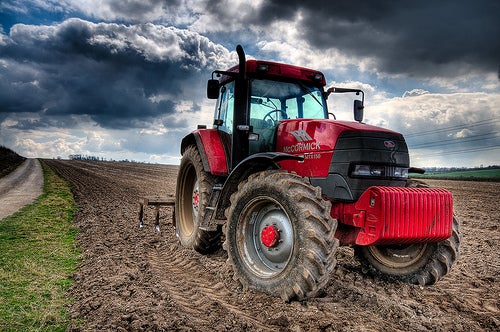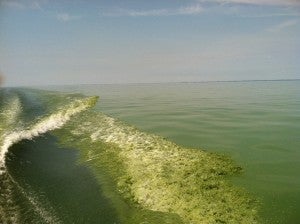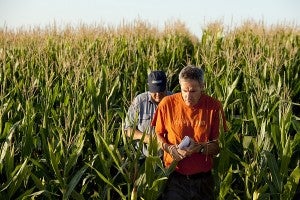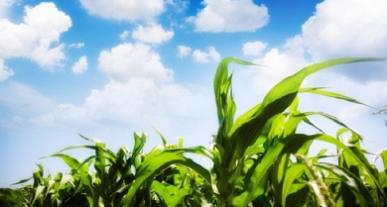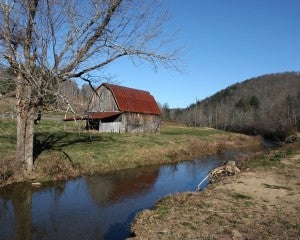 Regulations and lawsuits generate more tension, disagreement, division, and, too often, failure to communicate, than just about anything else in the agricultural world. Regulations are on my mind of late because of several developments:
Regulations and lawsuits generate more tension, disagreement, division, and, too often, failure to communicate, than just about anything else in the agricultural world. Regulations are on my mind of late because of several developments:
- Ohio recently considered legislation to increase regulations on fertilizer applications after a toxic algae bloom last August shut down water supplies to nearly half a million people.
- The Environmental Protection Agency (EPA) is in the final stages of a proposal to resolve ongoing confusion about the extent of federal jurisdiction over isolated wetlands and streams under the Clean Water Act (CWA), clarifying which are protected and which are not, based on science. Sixty percent of our nation’s streams lack clear protection from pollution under the CWA, yet one of every three Americans gets their drinking water from streams that are vulnerable to pollution. Just this week, new Senate Majority Leader Mitch McConnell noted that Congress will address this proposal in the current legislative session.
